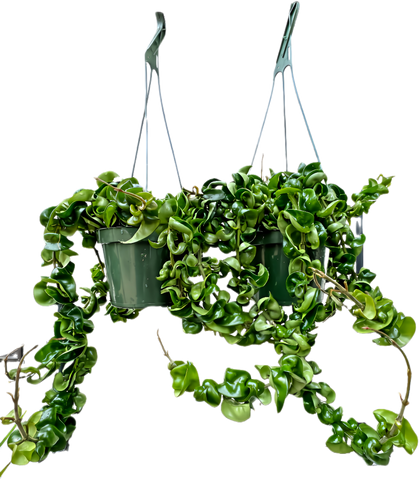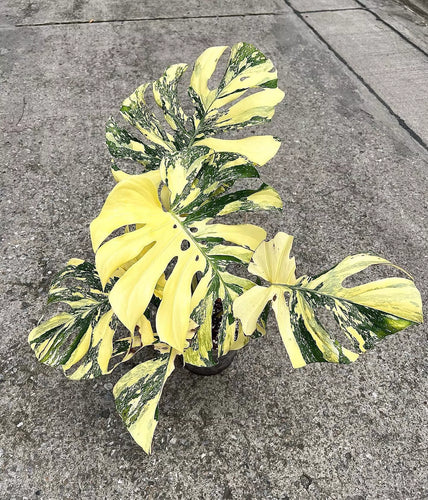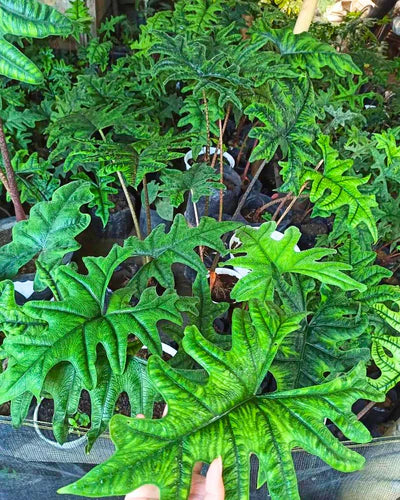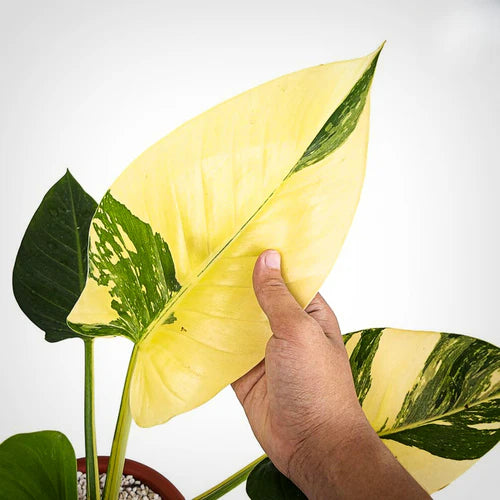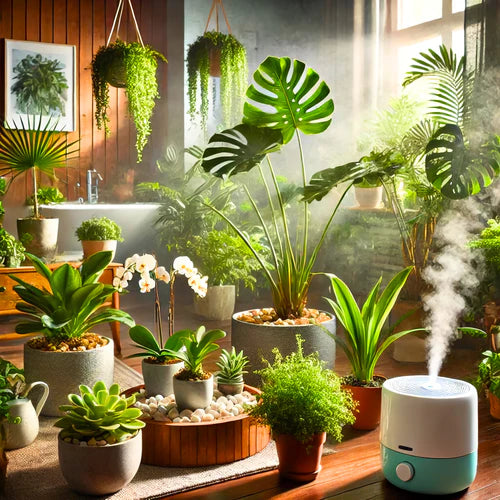Do Hindu Rope Plants Thrive in Humidity?
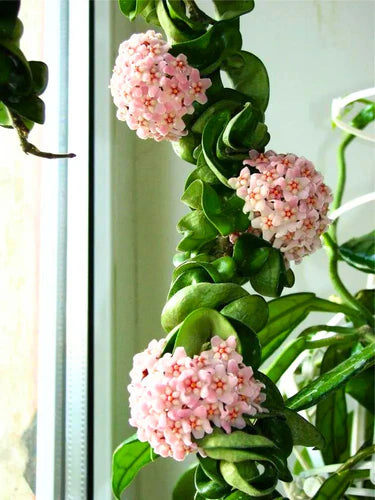
Table of Contents
- Introduction to Hindu Rope Plants
- Understanding Humidity's Role in Plant Health
- Optimal Humidity Levels for Hindu Rope Plants
- Varieties of Hindu Rope Plants
- Classic Hoya Hindu Rope
- Variegated Hindu Rope
- Essential Care Tips for Hindu Rope Plants
- Lighting Needs
- Watering Schedule
- Soil Requirements
- Benefits of Humidity for Hindu Rope Plants
- Humidifying Techniques for Indoor Plants
- Common Issues with Low Humidity
- Propagation of Hindu Rope Plants
- Styling and Displaying Your Hindu Rope Plants
- Purchasing Hindu Rope Plants
- Conclusion
1. Introduction to Hindu Rope Plants
Hindu Rope plants, scientifically known as Hoya Carnosa 'Compacta', are a fascinating and ornamental species known for their unique and twisted leaf growth which resembles thick ropes or coils. These plants are a variant of the Hoya family and are cherished for their waxy, lush foliage and stunning, star-shaped flowers. With their intriguing aesthetics, Hindu Rope plants have become a popular choice for indoor gardeners and plant enthusiasts.
2. Understanding Humidity's Role in Plant Health
Humidity plays a crucial role in the health and vitality of indoor plants. It affects transpiration rates, hydration, and overall growth. For tropical plants like the Hindu Rope, which originate from humid jungle environments, replicating similar humidity conditions at home can be key to their success.
3. Optimal Humidity Levels for Hindu Rope Plants
Hindu Rope plants thrive in environments with higher humidity, typically between 60% to 80%. This level of humidity promotes lush growth, prevents the drying out of leaves, and supports the overall physiological processes of the plant, including photosynthesis and nutrient uptake.
4. Varieties of Hindu Rope Plants
- Classic Hoya Hindu Rope: Known for its deep green, curly foliage that forms dense clusters, creating a visually striking appearance.
- Variegated Hindu Rope: A rarer variety that features streaks of white or yellow along with the green, adding a splash of color and contrast to the foliage.
5. Essential Care Tips for Hindu Rope Plants
- Lighting Needs: While they can adapt to low light conditions, Hindu Rope plants prefer bright, indirect sunlight. Direct exposure can scorch their leaves, while too little light can stifle growth and reduce flowering.
- Watering Schedule: Water when the top inch of soil feels dry to the touch. Overwatering can lead to root rot, particularly if the humidity is high.
- Soil Requirements: Use a well-draining potting mix to prevent water retention and support healthy root growth.
6. Benefits of Humidity for Hindu Rope Plants
High humidity levels can enhance leaf sheen, accelerate growth, and foster the development of the plant’s distinctive flowers. It also helps in reducing stress caused by environmental factors like heating or air conditioning, which can dry out the air.
7. Humidifying Techniques for Indoor Plants
To maintain optimal humidity levels, you can use humidifiers, place water trays near the plant, or group plants together to create a microenvironment with higher moisture content.
8. Common Issues with Low Humidity
Low humidity can cause the leaves to dry out, turn brown at the tips, and eventually lead to a stressed plant that is more susceptible to pests and diseases.
9. Propagation of Hindu Rope Plants
Hindu Rope plants can be propagated from stem cuttings, which should be taken in spring or early summer for best results. The cuttings can be rooted in water or directly in soil.
10. Styling and Displaying Your Hindu Rope Plants
These plants make excellent hanging basket specimens due to their cascading vines. Placing them in elevated positions allows their unique foliage to truly stand out as a decorative element in any room.
11. Purchasing Hindu Rope Plants
If you're looking to add a Hindu Rope plant to your collection, consider exploring the new arrivals at Plant Vault, where you can find this rare plant along with many other rare indoor houseplants.
12. Conclusion
Caring for a Hindu Rope plant can be a rewarding experience, particularly when the right humidity conditions are met. With proper care, these unique plants can provide years of beauty and enjoyment, making them a worthy addition to any indoor garden.
Learn more about how to care for your Hoya Hindu Rope here.
